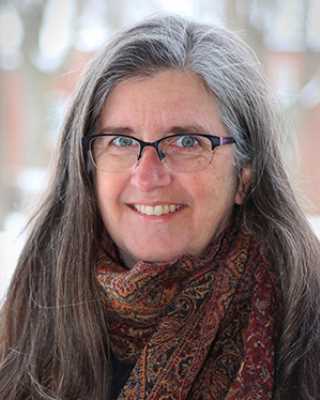
Scripture: Luke 24:1-12 (NRSV)
The first weekend of the semester on an unseasonably warm and sunny January afternoon, I stood in a circle with students at a student leaders retreat. We were engaged in an intense game of “Ninja,” a game involving quick, deliberate movements. When my turn came around I quickly took a big step toward the student on my left. Unfortunately, the deck we were standing on was a bit slippery and I landed on the ground as the classic “pop” from my hamstring immobilized me in pain. I became very dependent on the students around me and on the grace of colleagues in that moment and over the next days and weeks of gradual recovery. The incident slowed me down, making me significantly more aware of pain; pain that we live with daily and pain that is a part of being human; pain that is superficial and pain that burrows to the core of our beings; pain that is physical and pain that is profoundly emotional; pain that we bring on ourselves and pain that is the result of injustice; pain that is personal and pain that ripples far beyond the initial point of trauma to effect the whole of communities, of countries and, indeed, of the world.
The story that we proclaim and are invited to live into each Easter is a story that begins with very deep pain, very profound suffering, cosmic despair. It is a story that calls us, like the women who accompany Jesus through the final days of his suffering, to be present to the anguish, the fear, the pain; to tenderly pour the oil, to bake the bread, to lovingly accompany, to hold one another, to weep and, yes, to prepare the spices and ointment – to do the very hard work of suffering together. But the story doesn’t stop with the pain-filled suffering. The empty tomb, while confounding initially, leaves us all with a glimmer of hope. Could it be that the pain and despair and loss and injustice do NOT have the last word? The good news of Jesus Christ is that our lives (and indeed the lives of all with whom we share this existence), in all their struggle and pain and brokenness and frailty, are framed by this profound, persistent and perplexing hope. Therefore, we carry on, with eyes wide open to signs of life beyond the suffering and pain. Christ has risen! Hope endures! Alleluia!
NOTE FROM THE EDITORS:
Thank you for joining us on this journey through Lent. Even as we have been enriched by taking time to reflect on these Scripture passages in light of our lives at Goshen College, we trust that you, too, have found in these reflections sustenance for your journey. Join us again for devotions when the season of Advent begins (unless you unsubscribe, they will automatically come to you when they begin again in late November 2013).
Scripture: Luke 24:1-12 (NRSV)
But on the first day of the week, at early dawn, they came to the tomb, taking the spices that they had prepared. 2They found the stone rolled away from the tomb, 3but when they went in, they did not find the body. 4While they were perplexed about this, suddenly two men in dazzling clothes stood beside them. 5The women were terrified and bowed their faces to the ground, but the men said to them, “Why do you look for the living among the dead? He is not here, but has risen. 6Remember how he told you, while he was still in Galilee, 7that the Son of Man must be handed over to sinners, and be crucified, and on the third day rise again.” 8Then they remembered his words, 9and returning from the tomb, they told all this to the eleven and to all the rest. 10Now it was Mary Magdalene, Joanna, Mary the mother of James, and the other women with them who told this to the apostles. 11But these words seemed to them an idle tale, and they did not believe them. 12But Peter got up and ran to the tomb; stooping and looking in, he saw the linen cloths by themselves; then he went home, amazed at what had happened.




